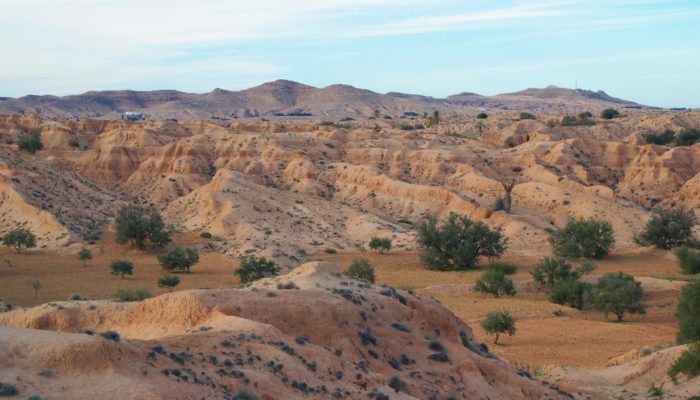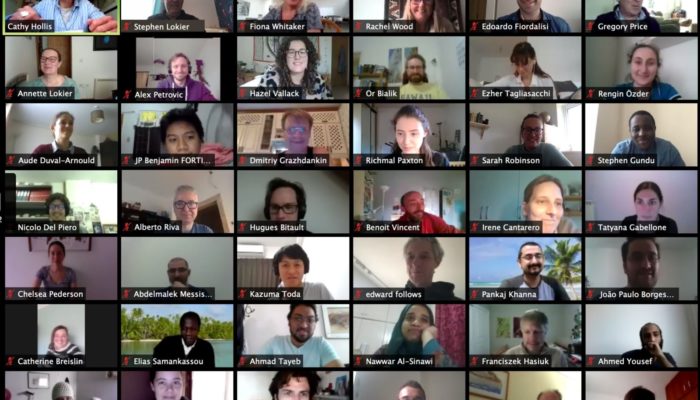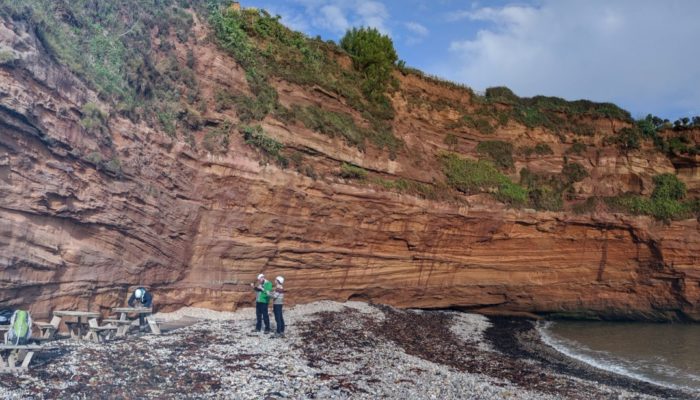While many of us are experienced in giving presentations before a variety of audiences, for some, the switch to a remote presentation format can be daunting. With this in mind, and based on our experiences at sedsonline.com I have put together the following tips for our community – these are in no way exhaustive, but I do hope that you find them useful and I welcome any feedback or comments. Happy ...[Read More]
Desert loess: formation, distribution, geoscientific value

Loess is an aeolian (wind-driven) silty sediment covering over 10% of the Earth’s land surface; it occurs predominantly in the mid-latitudes. On a global scale, loess is among the most widespread unconsolidated sediments, and of crucial importance for agricultural regions where loess deposits are known to form fertile soils because of its ability to store water and retain nutrients. Loess is compr ...[Read More]
Who needs stratigraphers, sedimentologists and palaeontologists? Evolving roles through the energy transition.
By Mike Simmons and Andy Davies. It seems that geoscience is facing something of an existential crisis. The September 2020 issue of Geoscientist, the magazine of the Geological Society of London, contains a number of articles on the future of geoscience and its relevance to society. At the heart of the concerns are a drop in student numbers, with total 2019 undergraduate student enrolments down by ...[Read More]
Adaptation and inheritance in the geosciences
Every year, the Stratigraphy, Sedimentology and Paleontology Division awards one scientist for their outstanding contribution to stratigraphy, sedimentology or paleontology with the Lamarck medal in recognition of the scientific achievements of Jean-Baptiste Lamarck (Bazentin-le-Petit, 1-02-1744 – Paris, 18-12-1829). It was the 11 May 1800 when Jean Baptiste Lamarck presented a lecture at the Musé ...[Read More]


